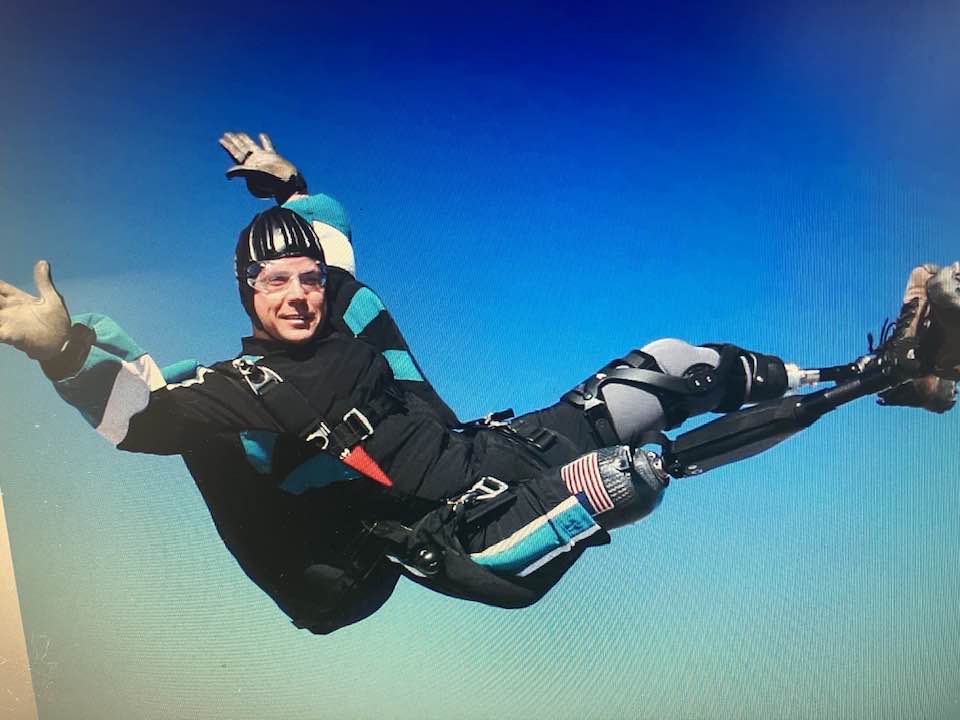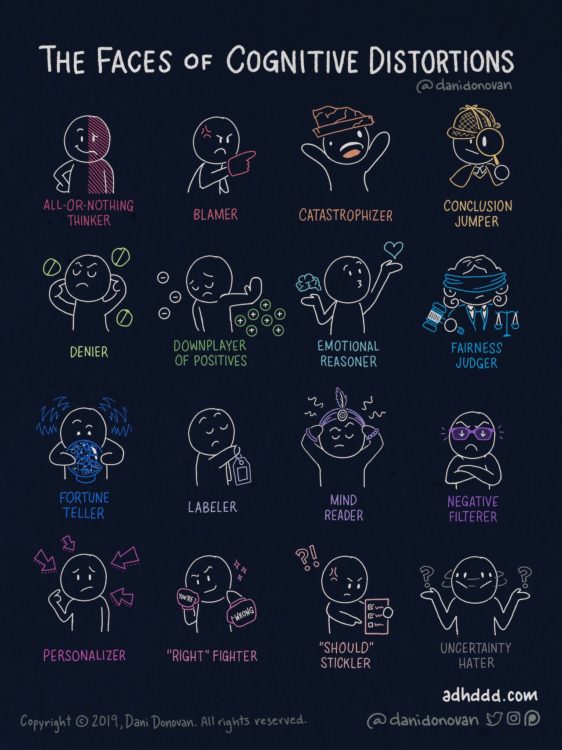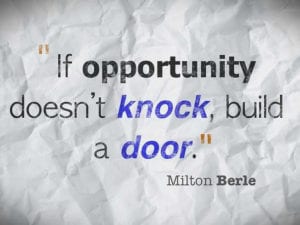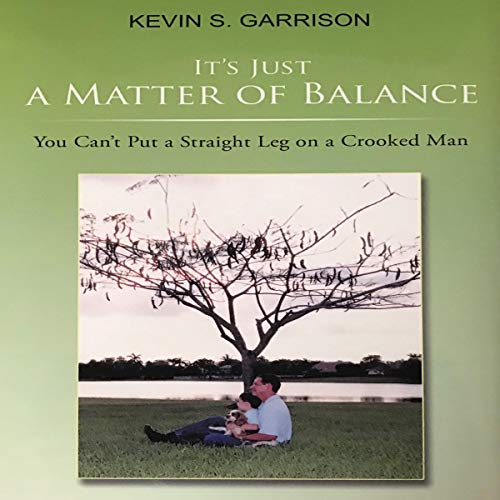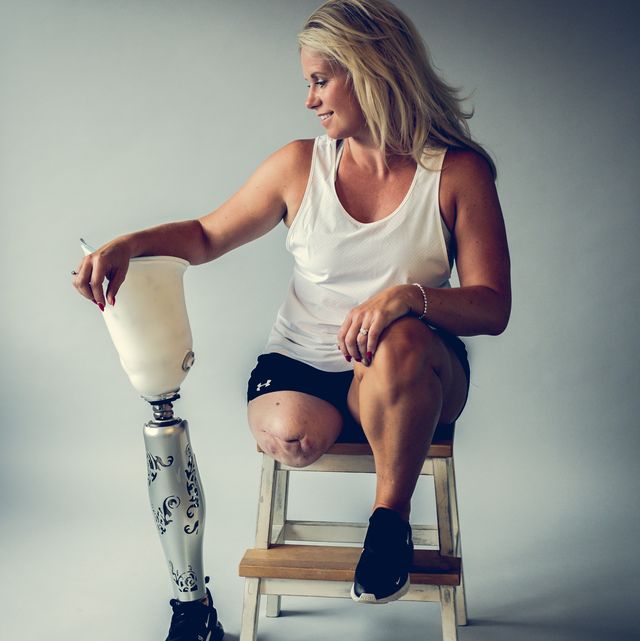
You can achieve body confidence after an amputation. An amputation forces you to accept your changed body image. People who see their body image accurately have a better time adjusting to its changed shape. After an amputation one third face severe depression. You must accept the new you. Dr. Breakey in his 1997 study on amputation and body image, states “Amputation causes a threefold loss in terms of function, sensation, and body image,” You must accept what you can no longer do. You will have a loss of sensation. It inevitably leads to a reduction in physical abilities. Getting back to work is a new worry that goes along with surviving the financial losses, not isolating yourself, and decreased self-esteem.
New amputees struggle with self-acceptance and the absence of body confidence. A realistic body image starts with resilient self-esteem and an acceptance of how they look. This means confronting your bodily fears and anxieties, especially after an amputation, Self-esteem is not possible when you have body dysphoria. Anxiety is more rampant when you are grieving your loss. Body confidence encourages life satisfaction. Amputees need more than emotional support. They must confront their injuries and expose disfigurements because this can have a positive effect when helping them adjust. The findings of another study titled,” The Impact of Amputation on Body Image” by Anna C. Gilg confirm that patients undergoing amputation experience psychological distress from their altered body image.
One Person’s Path To Self-acceptance
For Lianne Forrest, Manchester Hub Coordinator for The Limbless Association, it took five years after losing her leg to reach a place of self-acceptance. She shows that you can achieve bodily confidence after an amputation. As a child, she had to have her leg amputated due to an intractable bone infection. At eighteen, Forrest went through another amputation due to a loss of sensation in her residual limb. For years, Forrest hid the fact that she was an amputee. She covered her prosthetic leg with a flesh-colored silicone cover and wore baggy and shapeless pants. Forrest couldn’t look at her residual limb for a long time and avoided looking at herself in mirrors. She felt she had no bodily confidence.
You can achieve bodily confidence after an amputation
You can achieve bodily confidence after an amputation. Lianne forced herself to take a job as a body confidence speaker. She got a new prosthesis with sensors and motors called a C-leg that featured a microprocessor knee that could bend like hers used to. Forrest described that crucial point in her life as a forced liberation. She had painted herself into a psychological corner by taking a job she was too scared to do. She was afraid people would see her lack of bodily confidence or even worse pity her plight. She could no longer hide in baggy jeans and silicone prostheses sleeves. Somehow she decided she was going to show that you can achieve bodily confidence after an amputation.
Forrest put on her first pair of denim shorts and took a photo. She debated whether she could put it on Instagram or not. While the internal debate was going on, Forrest could not press the button she encouraged herself to be proud of who she was. She realized it was her fear and lack of courage to confront the imagined scorn of the people when they saw how she looked. Her son was the one who pressed the “post” button because she couldn’t bring herself to do it. Forrest was pleasantly surprised to find an overwhelming number of messages filled with support, encouragement, and love. Forrest has never looked back. You can achieve bodily confidence after an amputation.
Still a work in progress
Forrest admits that she has her off days lamenting her fate. Even gearing up for her podcasts and preparing her presentations as a body-confidence speaker is a struggle. She feels that she has to constantly catch up on lost time because of these forced rest days. As she approaches 40, Forrest told herself that she will be body confident in every way, even if the process of accepting her bodily consciousness is always a work in progress. She also mentioned that she took advantage of the last lockdown to become healthier and fitter. Forrest has accepted her body and has learned to express her new confidence in who she has become whether she has only one leg, not two.
Forrest’s advice for people struggling to love themselves is to appreciate their bodies’ unique capabilities. She points out that our bodies are not for anyone else to approve of or judge. Learning to love your body and embracing what you have is what sets you free. Forrest also urges amputees to speak about their struggles, especially when it comes to their bodies. Being open about it is a great way to educate others and eventually change how society views visible disabilities. Through The Limbless Association, Forrest will continue to support others in the same situation as her and help them see that there is more to life than hiding from others. You can achieve bodily confidence after an amputation.
